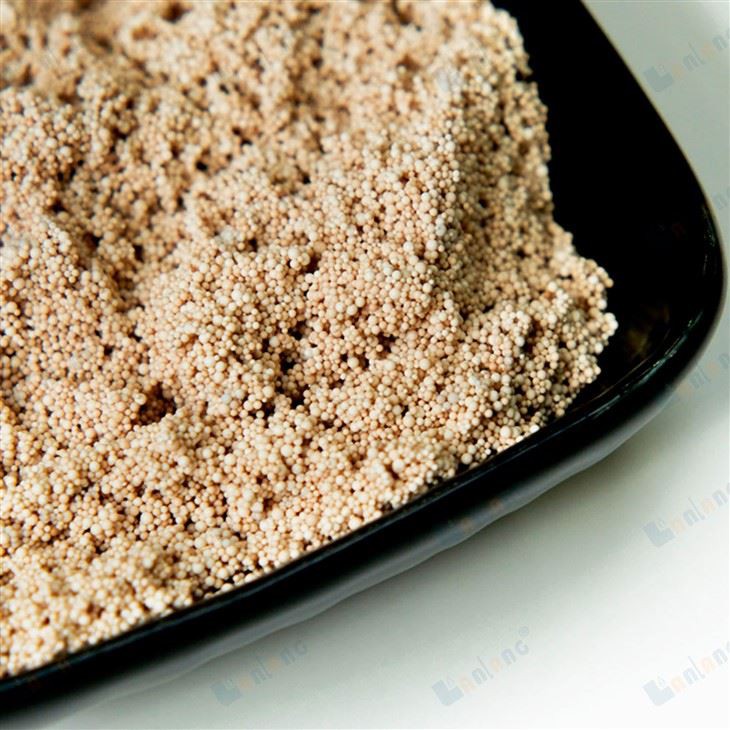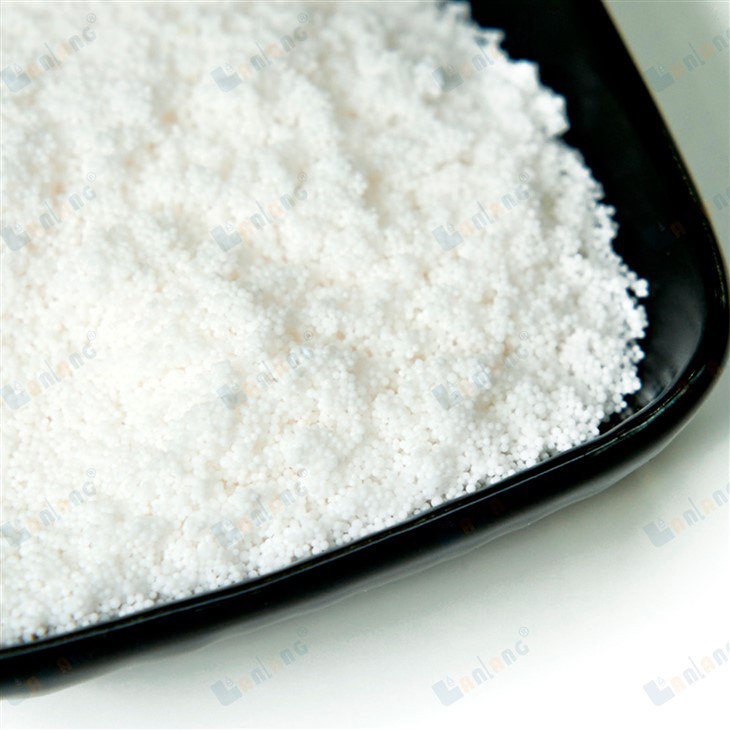As a supplier of Selective Removal Resin, I've witnessed firsthand the importance of understanding the abrasion resistance of these resins. Abrasion resistance is a crucial factor that can significantly impact the performance, lifespan, and cost - effectiveness of Selective Removal Resin in various applications.
Understanding Abrasion Resistance
Abrasion resistance refers to a material's ability to withstand wear and tear caused by friction, scraping, or rubbing. In the context of Selective Removal Resin, it is the capacity of the resin beads to maintain their structural integrity and functionality when exposed to mechanical forces during normal operation.
When Selective Removal Resin is used in ion - exchange processes, it often comes into contact with other solid particles, such as in the case of water treatment where it may interact with sand or other suspended solids in the water. Additionally, the resin may be subject to the force of flowing liquid, which can cause it to rub against the walls of the ion - exchange column or other resin beads. If the resin lacks sufficient abrasion resistance, the beads can break or wear down over time. This can lead to a decrease in the resin's surface area available for ion exchange, reduced selectivity, and ultimately, a decline in its overall performance.
Factors Affecting Abrasion Resistance
Resin Structure
The physical and chemical structure of the Selective Removal Resin plays a vital role in its abrasion resistance. Macroporous resins, for example, generally have better abrasion resistance compared to gel - type resins. Macroporous resins have a more rigid and open - pore structure, which can better withstand mechanical stress. The large pores in macroporous resins allow for more flexibility and less susceptibility to cracking under pressure.

Take the [TA306D Macroporous Arsenic Selective Anion Exchange Resin](/ion - exchange - resin/selective - removal - resin/ta306d - macroporous - arsenic - selective - anion.html) as an example. Its macroporous structure gives it enhanced abrasion resistance, making it suitable for long - term use in arsenic removal applications, where it may encounter various water conditions and mechanical forces.
Cross - linking Degree
The degree of cross - linking in the resin also affects its abrasion resistance. A higher degree of cross - linking typically results in a more rigid and durable resin. Cross - linking creates a three - dimensional network within the resin, which strengthens the resin beads and makes them more resistant to abrasion. However, an excessively high cross - linking degree may also reduce the resin's swelling capacity and ion - exchange kinetics, so a balance must be struck.
Operating Conditions
The environment in which the Selective Removal Resin operates has a significant impact on its abrasion resistance. High flow rates can increase the mechanical stress on the resin beads, leading to more rapid wear. Similarly, the presence of abrasive particles in the feed solution can accelerate abrasion. For instance, in industrial water treatment, where the water may contain high levels of suspended solids, the resin is more likely to experience abrasion compared to a more pristine water source.
Measuring Abrasion Resistance
There are several methods to measure the abrasion resistance of Selective Removal Resin. One common approach is the attrition test. In this test, a sample of the resin is subjected to a specific mechanical force, such as shaking or tumbling, for a set period. After the test, the amount of resin that has broken or worn down is measured. A lower percentage of broken resin indicates higher abrasion resistance.
Another method is to monitor the performance of the resin over time in a real - world application. By observing changes in the resin's ion - exchange capacity, selectivity, and pressure drop across the ion - exchange column, we can infer the level of abrasion the resin has experienced.

Importance of Abrasion Resistance in Different Applications
Water Treatment
In water treatment, Selective Removal Resin is used to remove various contaminants, such as nitrates, fluorides, and heavy metals. For example, [Ion Exchange Resin For Nitrate Removal](/ion - exchange - resin/selective - removal - resin/ion - exchange - resin - for - nitrate - removal.html) and [Ion Exchange Resin For Fluorine Removal](/ion - exchange - resin/selective - removal - resin/ion - exchange - resin - for - fluorine - removal.html) are commonly employed. High - abrasion - resistant resins are essential in this application because they can maintain their performance over a long period without significant degradation. This reduces the frequency of resin replacement, lowers operational costs, and ensures a consistent supply of clean water.
Chemical Processing
In chemical processing industries, Selective Removal Resin is used for separation and purification processes. The resin may be exposed to harsh chemicals and high - velocity fluid flows. Resins with good abrasion resistance can withstand these conditions and continue to function effectively, ensuring the quality and efficiency of the chemical processes.
Improving Abrasion Resistance
As a supplier, we take several steps to improve the abrasion resistance of our Selective Removal Resin. Firstly, we optimize the resin synthesis process to control the resin structure and cross - linking degree. By carefully selecting the monomers and reaction conditions, we can produce resins with the desired physical and chemical properties.
Secondly, we provide proper pre - treatment and conditioning procedures for the resin. This can help to strengthen the resin beads and reduce their susceptibility to abrasion during the initial stages of operation. Additionally, we offer technical support to our customers to ensure that the resin is installed and operated correctly, minimizing the mechanical stress on the resin.
Conclusion
The abrasion resistance of Selective Removal Resin is a critical property that directly affects its performance, durability, and cost - effectiveness. By understanding the factors that influence abrasion resistance, measuring it accurately, and taking steps to improve it, we can ensure that our resins meet the demanding requirements of various applications.
If you are interested in learning more about our Selective Removal Resin or have specific needs for your project, we encourage you to contact us for further discussion. We are committed to providing high - quality resins with excellent abrasion resistance and comprehensive technical support. Let's work together to find the best solution for your selective removal needs.
References
- Helfferich, F. Ion Exchange. McGraw - Hill, 1962.
- Dorfner, K. Ion Exchangers: Properties and Applications. Walter de Gruyter, 1991.
- American Water Works Association. Water Quality and Treatment: A Handbook of Community Water Supplies. McGraw - Hill, 2017.
